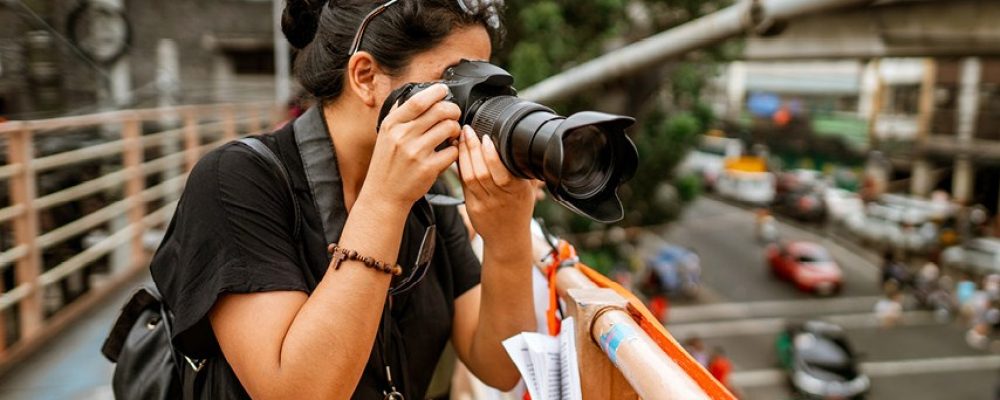Photojournalism is an art that goes beyond the mere capture of images. It is the relentless pursuit of truth through the lens of a camera. In a world where visual information has a profound impact. Photojournalism stands as a silent and powerful witness, capturing the raw and true essence of significant events.
This type of photography documents reality in its purest form, conveying emotions, narrating stories, and leaving an indelible mark on collective memory.
The importance of photojournalism
Photojournalism is of utmost importance in visual journalism, as it allows for the immediate and emotive capture of reality. Images created by photojournalists have the power to inform, educate, and move society, conveying the essence of a moment and raising awareness about various situations at the local, national, and international levels.
Additionally, these photographs can transcend generations. Becoming visual witnesses to history and providing a unique window into significant events.
Photojournalism not only documents reality but also promotes understanding, empathy. And social change through the powerful emotional connection it establishes with the viewer.
Documenting History
Photojournalism plays a crucial role in documenting history, as through impactful and truthful images, it records significant moments that shape the course of humanity. These photographs become an invaluable visual legacy, providing testimony of historical events, social movements, humanitarian crises, and cultural achievements.
Moreover, these images allow future generations to understand and connect with the past. Preserving collective memory and offering lessons for the future.
Emotional Impact and Journalistic Ethics
Photojournalism photographs have the power to elicit intense emotional responses in viewers. By capturing dramatic moments of joy, sadness, or injustice, these images can move and motivate people to take action.
However, it is also essential to recognize the importance of journalistic ethics in photojournalism. Images must be accurate and truthful, without manipulation or alteration that distorts reality. Photojournalists have the responsibility to report impartially and respectfully, respecting the dignity and privacy of the people portrayed.
The Challenge and Future of Photojournalism
Despite the challenges posed by advancing technology and changes in the media industry, photojournalism remains essential for visual journalism. Even in a world dominated by social media and user-generated content, images captured by professionals continue to have a significant impact.
In the future, photojournalism will need to adapt to new media and platforms, finding innovative ways to tell stories and reach increasingly diverse audiences. The ability of photojournalists to capture crucial moments and convey emotions through images will continue to be invaluable for informing and raising awareness.
Conclusion
Photojournalism plays a fundamental role in communicating reality through images. Thanks to the ability of photojournalists to capture and document important moments, we can understand distant realities, comprehend historical events, and emotionally connect with world events.
Photojournalism photographs have the power to change our perspectives, generate empathy, and motivate us to act. However, it is necessary to ensure journalistic ethics and maintain integrity in representing reality.
In an increasingly digital world, photojournalism will remain relevant and play a crucial role in how we understand, remember, and engage with the events that shape our world.





